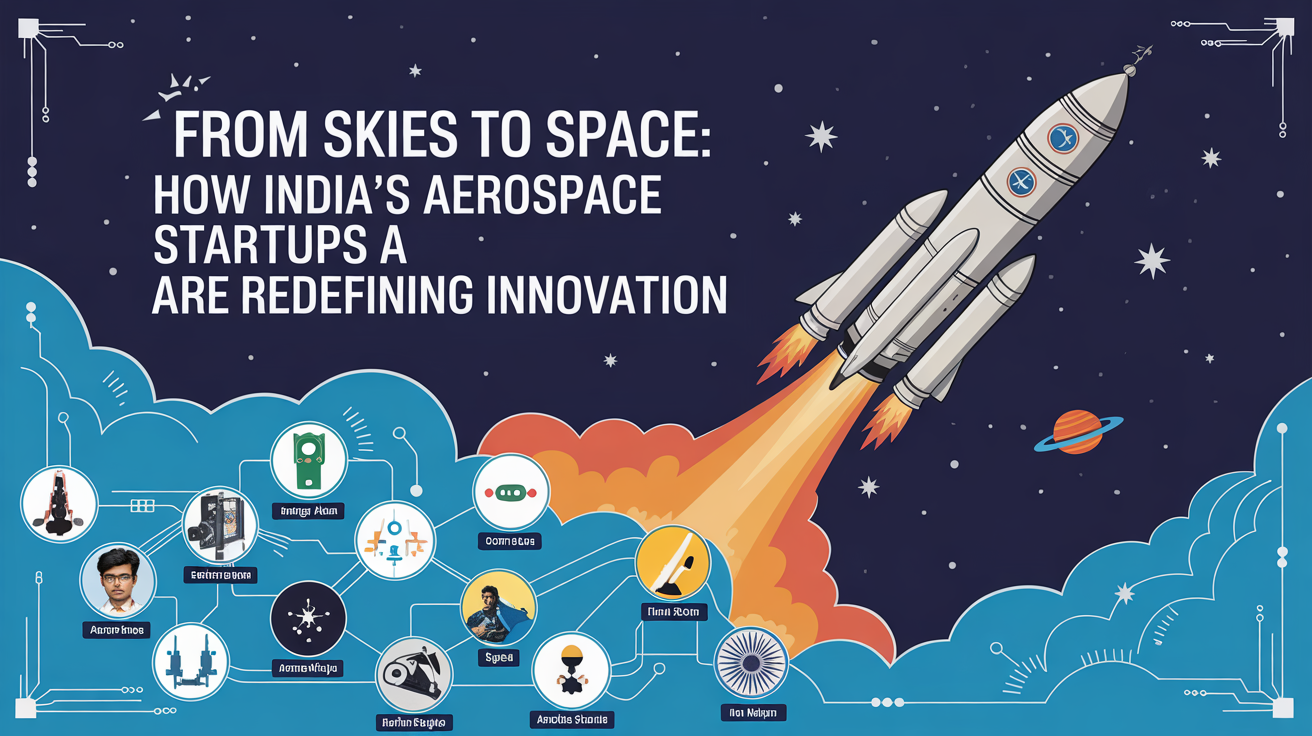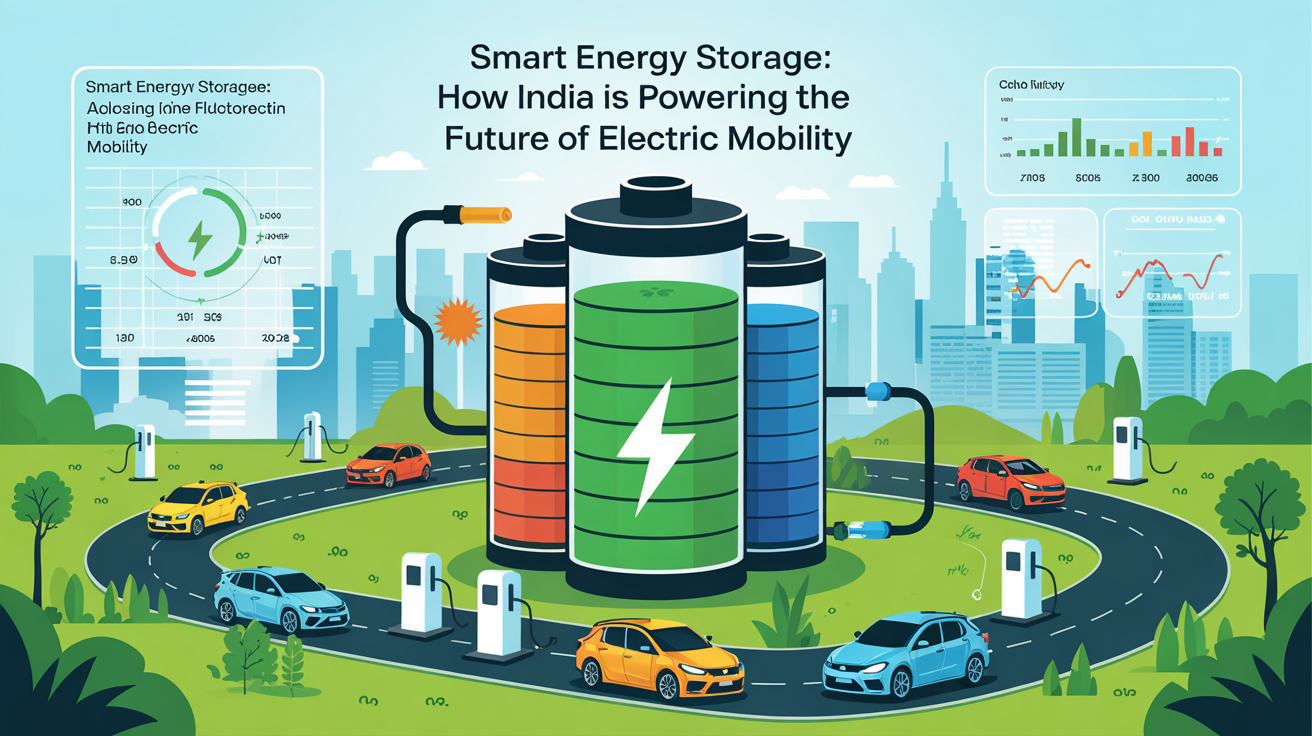Copper has become one of the materials in demand as the world turns towards Green Economy and renewable energy sources. Copper has an electrifying touch when it comes to electric vehicles, solar panels, wind turbines, and smart grids all around the globe-and copper is at the heart of that transition to clean energy.
Why Copper Is Key for Future Green Economy
• India, a consumer of copper, is also a producer of copper. But as far as its play at the global level is concerned, it has not been quite up to the mark so far.
• Production: Around 400,000 tons of refined copper as of 2022-23. Key producers are Hindalco Industries, Vedanta Ltd., and Hindustan Copper Ltd. (HCL).
• Export and Import: India turned into a net importer of copper when, even before that, it was an exporter after the recapitalization of Vedanta’s Sterlite Copper plant in Tamil Nadu in 2018.
Therefore, there is a copper gap in India, and its domestic supply is not able to meet the rising demand.
Also Read: Navigating the Wire and Cable Manufacturing Industry
Factors Behind Copper Demand in India for Green Economy
There are a plethora of factors driving copper demand in India. Some sectors that will power the rise are:
1. Electric Vehicles (EVs)
An EV consumes four times more copper than a conventional vehicle.
The mission is to work and make about 030% electric vehicles by 2030-skyrocketing copper demand for use in motors, batteries, and charging stations because of India’s EV mission.
2. Renewable Energy
Large quantities of copper are consumed in the construction of solar panels and wind turbines as well as in energy storage systems. Five hundred gigawatts of non-fossil fuel energy is India’s ambitious target for 2030, directly making copper the centrepiece in the scheme of things.
3. Power Infrastructure
Wiring and components will be required in huge amounts for the modernization of an aging grid in India for an intelligent power network with energy-efficient transmission lines.
4. Electronics and Telecommunication
India has huge copper demands today; with the rollout of 5G, Make in India initiatives, and growing production in consumer electronics, India’s electronics and telecom industries are gaining strength.
Opportunities for India in the Copper Boom
The following are revelations concerning the positioning that India will take to benefit from the copper boom:
1. Increased Domestic Mining and Refining
India has extremely large copper reserves mostly untapped, placed in Rajasthan, Jharkhand, and Madhya Pradesh.
Fostering augmented exploration and establishing new smelting and refining plants would dramatically increase production and cushion import dependence.
2. Recycling and Urban Mining
India can strengthen its copper recycling industries.
Copper recycling consumes 85% less energy than mining and processing newly produced copper.
Old electronics, electrical wires, and discarded machinery can become invaluable resources, supplying “urban mined” copper.
3. Development of Copper-based Technologies
Promoting advanced copper applications research, such as in next-generation batteries, superconductors, and energy-efficient motors, opens new business potential.
4. Becoming an Export Hub
With India boosting its copper production and technologies, it will be able to satisfy not only its needs but also sell the copper to fast-growing Asian and African economies, thus producing export power.
India Challenges Need to Overcome:
Though the opportunities are many, a few challenges within which India must operate are the following:
Policy Uncertainty: Clear and consistent policies on mining and metallurgy should motivate investors.
Environmental Concerns: Sustain mining and smelting operations to ensure that the processes are not damaging to the environment.
Technological Upgradation: India needs to upgrade its mining and refining technologies to meet global standards for competition.
Global Competition: The copper markets are already being dominated by countries like Chile, Peru, and China. Strengthening India’s measures would be a possibility against aggressive strategy efforts. Strong partnerships between government, private companies, and research institutions will form the backbone.
Read our Blogs: Feasibility and Techno-Economic Viability Study on PVC Coated Wires & Cables Industry
Government Initiatives Favouring the Copper Sector
The Indian government has started realizing the strategic importance of copper.
Allowing private sector exploration and auction of mineral blocks would help in encouraging investment in copper mining.
Production Linked Incentive (PLI) schemes for sectors like electronics and renewables indirectly boost copper demand and production.
Government wants to raise mineral production by 200 percent over the next 7 years. More targeted policies focusing on critical minerals like copper would further enhance India’s position.
Conclusion
The world green transition is accelerating, and at the heart of it is copper. Investing in the copper production, recycling, innovation, and exports can provide immense economic and strategic advantage to India. Swift and smart action will help India transform from a copper importer to a global copper champion-and thus help in making a definite mark toward the creation of a cleaner, greener world.









